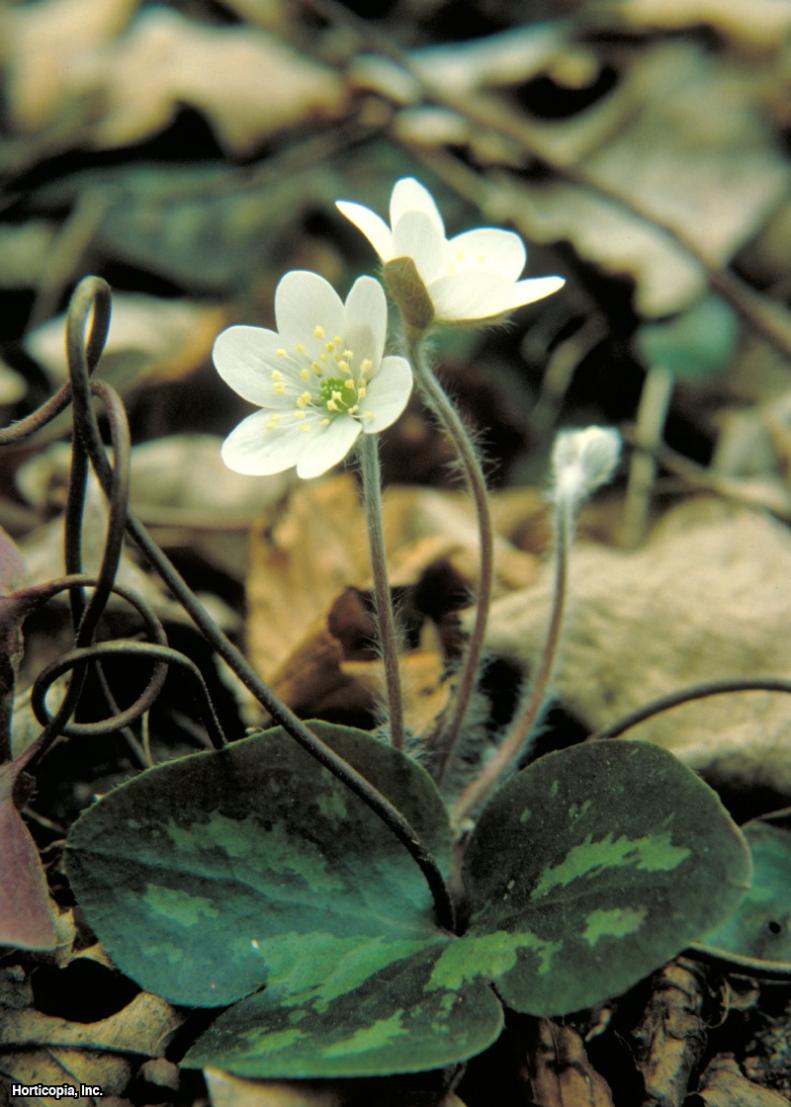1 / 11
Spring Bloomer: Hepatica
Kim Eierman, environmental horticulturist and founder of EcoBeneficial! recommends including some native plants that bloom in spring, summer and fall to attract bees and other pollinators. Hepatica is a tiny, low-growing plant whose white, pink or blue flowers open as early as late winter or early spring.









